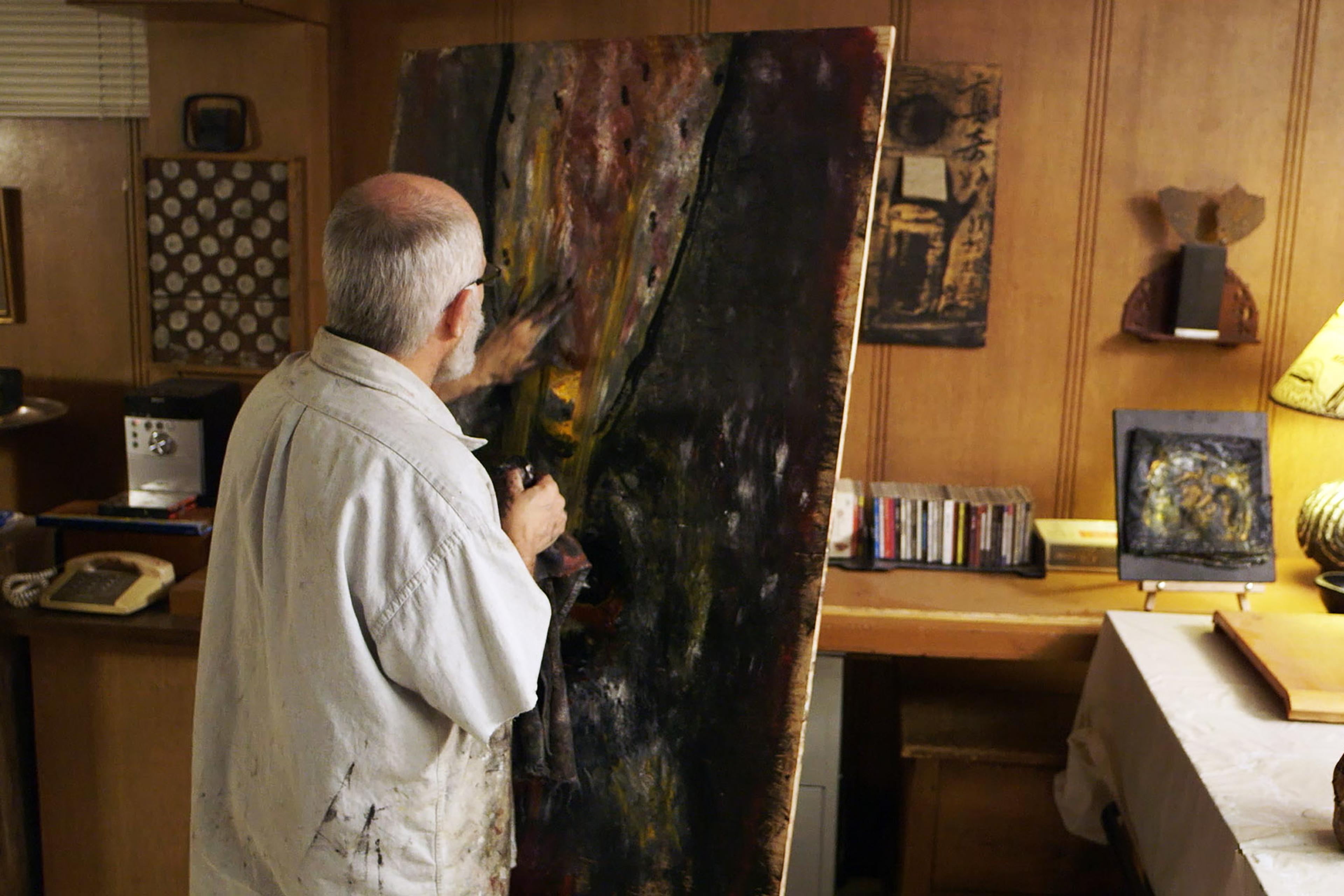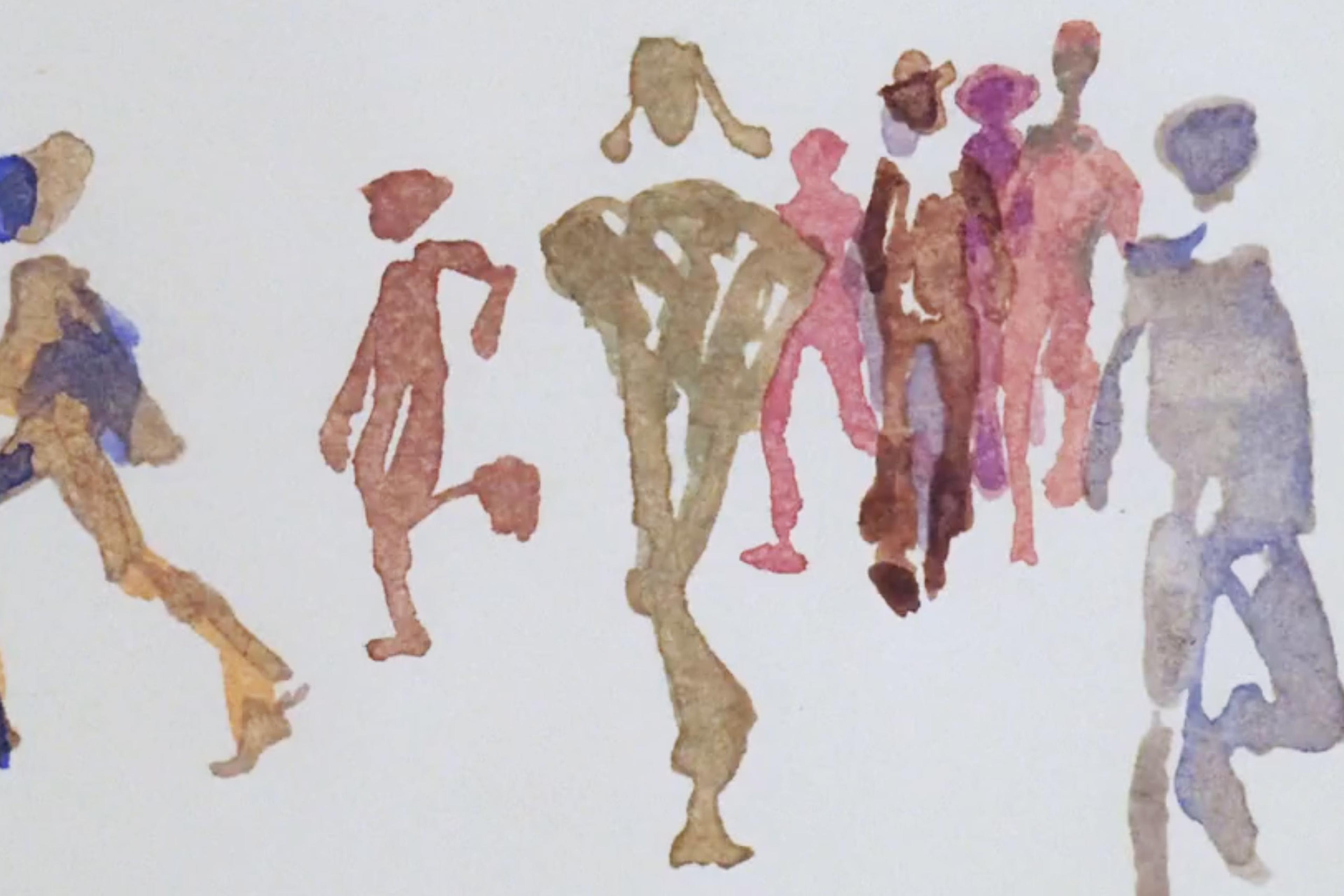In 1938, the Orson Welles-led radio programme The Mercury Theatre on the Air – now best known for its infamous War of the Worlds Martian invasion scare – adapted Dracula as a radio drama. At Welles’s request, the CBS sound department needed to imitate the sound of a stake being stabbed through a vampire’s heart. After auditioning a cabbage being punctured by a broomstick (‘much too leafy’), Welles instead turned to a watermelon. Lucille Fletcher, writing for The New Yorker in 1940, recalled the session:
Welles stepped from the control booth, seized a hammer, and took a crack at the melon. Even the studio audience shuddered at the sound. That night, on a coast-to-coast network, he gave millions of listeners nightmares with what, even though it be produced with a melon and hammer, is indubitably the sound a stake would make piercing the heart of an undead body.
Today, the practical art of reproducing of sound effects for media is known as Foley – named after the legendary US sound effects pioneer Jack Foley (1891-1967). And as the Welles anecdote above illustrates, the work of these artists has been an essential tool for storytelling since the Golden Age of Radio, when radio dramas had to immerse audiences solely with audio. In Footsteps, the Canadian filmmaker Jeremy Benning explores the work of three contemporary Foley artists – Andy Malcolm, Sandra Fox and Goro Koyama – working out of Footsteps Studios in Uxbridge, Ontario. The trio carry on a tradition that, despite some technological advances, still mostly belongs to the hands, feet and many props of wily sound creators.
Benning’s short documentary offers a charming glimpse into Footsteps Studios’ 25-acre ‘Foley farm’, including the custom-built recording studio at its heart. Located an hour north of Toronto and far from the film industry’s epicentre, this studio is nonetheless one of the most respected in Hollywood. With the movies Cloverfield (2008) and Blade Runner 2049 (2017), the television show The Handmaid’s Tale (2017-), and the video game Red Dead Redemption (2010) among its hundreds of credits, there’s a good chance you’ve experienced their work. Although, as Malcolm points out, if they’ve done their job well enough, you wouldn’t have realised they’d done anything at all.
Foley artists bring stories to life by embodying the noises they create, tapping into our shared intuition for listening. Anything from the sound of a cowboy’s gun going off to something as simple as the squeak of a door hinge is recreated with keen attention to detail. This can be seen (and heard) throughout the film as Malcolm, Fox and Koyama reveal fun and surprising tricks of the trade. Fox likens their work to that of a musician – it’s not enough to simply mimic the sound of a shoe touching the ground, it has to sound three-dimensional, it has to sound human. Indeed, during the radio days, the first ‘sound effects men’ were percussionists recruited from the pit orchestras of movie houses.
In Footsteps, this search for the best sound for any given scenario sparks relentless ingenuity: jello is mashed and gargled to simulate vampires feeding on flesh; an improvised glove fitted with metal fingers is mined to create the sound of a robot’s touch. With perfectionistic streaks rivalling that of Welles, the group is clearly serious about their craft. But the artists’ joy at having found a niche that offers them endless opportunities for invention emanates from almost every scene. A ceaselessly entertaining watch, the film is an uplifting reminder that creative work doesn’t always mean a relentless grind to achieve fame and acclaim – sometimes it can be about striking just the right piece of produce with just the right blunt object.
Written by Tamur Qutab







